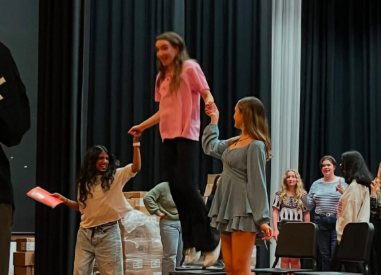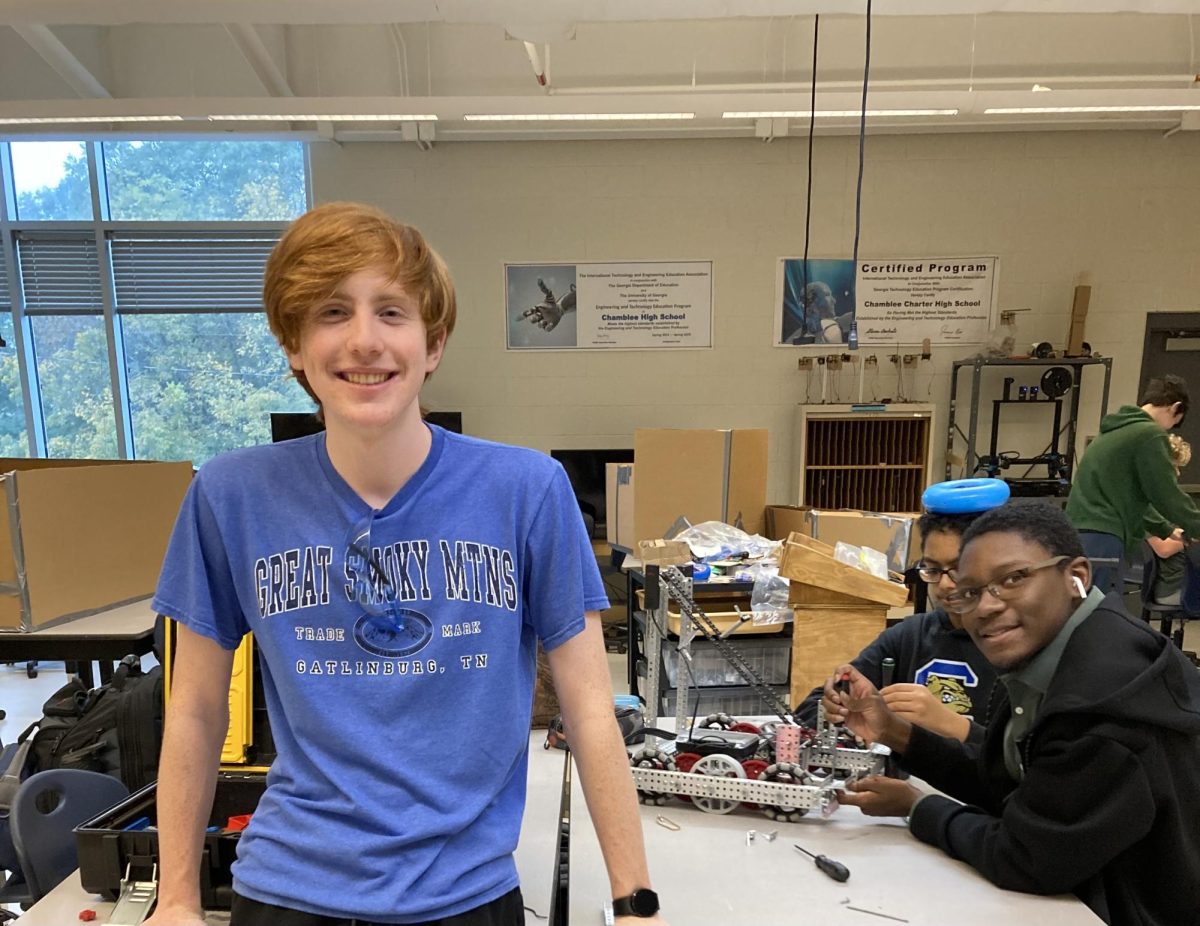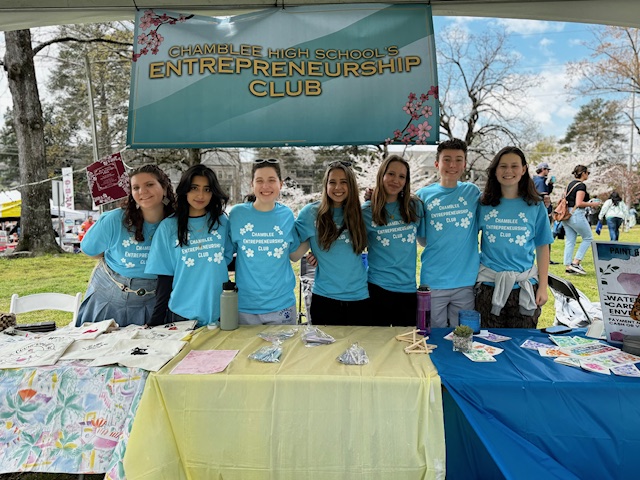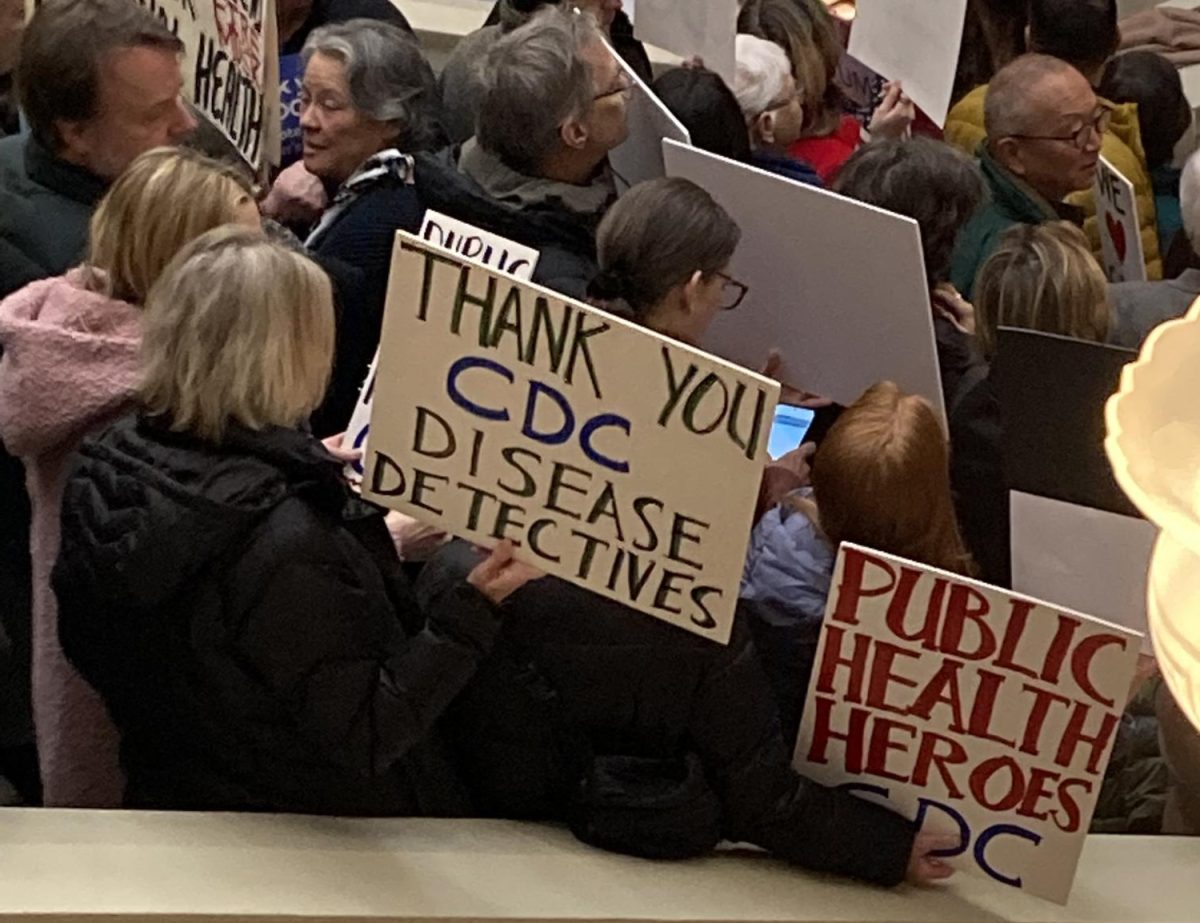Imagine a high school student who has always dreamt of playing on their high school’s sports teams. They’ve watched other students practice and play from the sidelines of multiple sports games. But when they go to try out for the team, they discover that dedication and hard work don’t prevent them from their dream, but rather the hefty price of participation. The cost of the equipment and uniform fees quickly add up. They have to make the hard decision to not try out.
Participating in school sports and clubs is a great way for students to develop new skills, explore their interests, and meet new people. However, the cost associated with these extracurriculars creates barriers for some students, with club dues and sport team fees becoming a major concern for some students and their families.
“For my Family, Career and Community Leaders of America (FCCLA) field trip dues, I almost didn’t go because my mom literally had no cash on her to give to me. We were struggling, but we managed to get it at the end of the day,” said Makayla Stephens (‘26).
Participation in school sports and clubs should be a chance for every student to shine regardless of their background. But when the cost of these activities become a barrier, it can unfairly affect students from underrepresented communities who may not be in a financial position to afford the extra expenses.
“I feel like half of [the students] can’t do what they really wish to do,” said Stephens. “Half of these club field trips can really help students understand more about what they want to do but with the costs attached to them, it’s making it harder for students, denying them an opportunity to do things they love and it’s really upsetting.”
When thinking about joining clubs and sports, students who come from lower income families are at a disadvantage as prospective costs become a concern.
“I never joined any school sports because I always thought about the extra costs with uniforms, tournaments, travel cost, and so on,” said Raisa Kabir (‘25). “Coming from a low-income family, this was definitely a financial barrier for me. Club dues are pretty manageable and they’re not too bad for certain clubs and field trips, but it can get very expensive.”
While more fortunate students don’t have to consider costs as a barrier to participation, they often still understand how the cost of these extracurriculars affects students who come from less fortunate families.
“I haven’t faced any financial barriers that prevented me from participating in a school sport or club,” said Emma Essienumoh (‘26). “I think the cost of these activities affects [underrepresented communities’] ability to be involved in these different activities and clubs, and it’s not fair that some people who want to be in different clubs and participate in extracurricular activities can’t because of the cost and I really think that needs to change.”
The benefits when doing these extracurricular activities are crucial to students and can help them in the long run.
“Extracurricular activities can provide valuable opportunities for building self-confidence and just overall personal development that can really benefit students,” said Anderson Cole (‘26).
Students feel that a lack of financial privilege shouldn’t be a barrier preventing participation in clubs and emphasize that ability for everyone to have equal access to clubs and sports regardless of their financial situation.
“I think it’s important because no one should be left out. Just because you’re not as privileged as other students doesn’t mean you can’t pursue the same thing as them,” said Kabir. “Your financial situation should not be a barrier to pursuing enrichment opportunities. All students regardless of their background should have equal access to extracurriculars because everyone deserves that opportunity.”
Others feel that it’s wrong for some students not to have access to extracurriculars based on their financial situation because they didn’t choose to be in that particular situation.
“I think it’s important for students to have equal access to sports and clubs regardless of their financial situation because nobody chose to be in that certain situation, they were just born into it,” said Essienumoh.
Students also emphasize the impact of missing out on extracurriculars due to finances on college applications—students who can’t afford sports and clubs won’t be able to cite their participation in these activities on college applications, potentially putting them at a disadvantage in the admissions process.
“I think it’s a big issue because first of all they aren’t able to pursue their passion or talents like their peers, and secondly, extracurriculars could be a highlight of your college application but students who weren’t able to participate due to financial situations miss that opportunity, and finally it fosters inequality even more in the education field,” said Kabir.
As students miss out on extracurricular activities not only do they miss the chance to meet new people and have different experiences, but they also miss out on broadening horizons and finding their passion.
“When students don’t get an opportunity to do extracurriculars they don’t get to meet new people, have new experiences, and find out what they are interested in,” said Cole.
While students’ financial barriers remain a roadblock to inclusion, some have seen positive initiatives at Chamblee addressing the issue of the cost associated with participating in these extracurricular activities.
“Last month Health Occupations Students of America (HOSA) started a fundraiser for a field trip and because of it all members were able to go and no one was left out,” said Kabir. “This really helped the members with financial problems and they were able to attend the field trip with their peers.”
To make these extracurriculars more affordable and inclusive for all students, many believe that Chamblee should try to find a way to lower the cost.
“I think [extracurriculars] could maybe lower the cost or host fundraisers to raise money to provide certain students with scholarships to make it easier for students to participate in these activities,” said Essienumoh.
The cost of extracurricular activities can make it tough for some students to participate, hindering their ability to explore their interests and connect with peers. It is important to create equal opportunities for all students regardless of their financial situation. By finding ways to make extracurriculars more affordable and accessible, we can ensure that every student has a chance to thrive.














